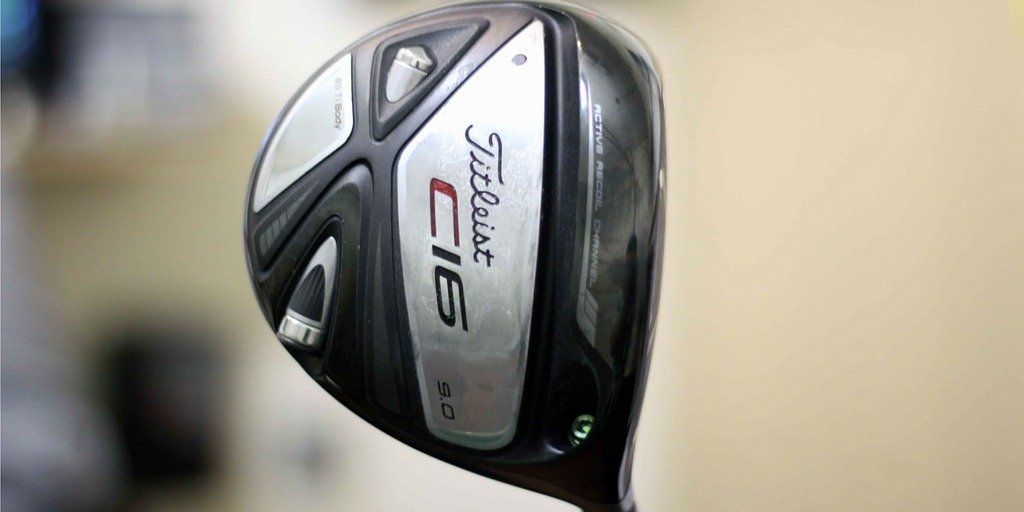
Every few months we are promised by the big manufacturers that this time they have figured it out, and the latest driver is their biggest technological breakthrough.
Since the driver is the most expensive club in the bag, and feeds the hunger of a distance-crazed golf culture, the new club usually debuts with enormous fanfare and a huge advertising campaign.
If you take a look at the latest offerings from major club makers you see some stuff that looks pretty out there. Are we buying a driver, or a portal to another dimension where 300+ yard drives find the fairway with laser accuracy?
Cobra has their King LTD Driver, which “represents their finest technologies without compromise.” The spaceport weight looks like something from Iron Man, and the Zero Center of Gravity promises more distance, higher launch, and more ball speed. Sounds great!
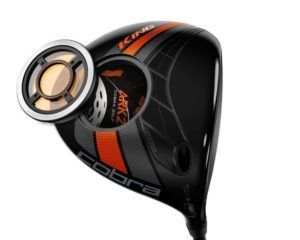

If you go over to Taylor Made you have their M1 driver, which was also released to a bunch of fanfare. Deemed as the “Unmetalwood,” Taylor Made used a carbon composite crown to unlock breakthroughs in “distance, playability, and feel for all golfers.”
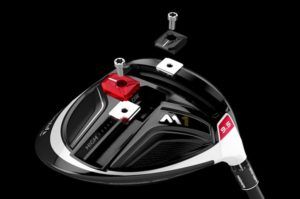
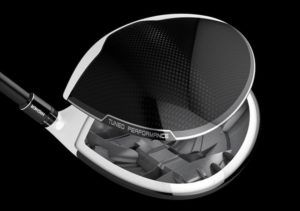
Then you have Callaway. Their new XR16 driver features technology from Boeing to give the club head “our most aerodynamic head shape and a redesigned Speed Step…” Again, sounds terrific; who wouldn’t want a driver with technology from Boeing!
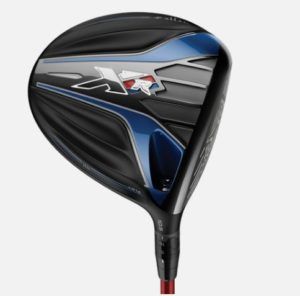
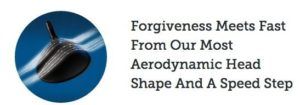
Thousands of golfers have bought these drivers simply by reading the headlines and seeing the commercials. The M1 looks so cool, I must have it. Jason Day is hitting it 380 yards!!!
OK, I’ll stop with the sarcasm.
Golf clubs are important, and I am someone who is interested in squeezing in any bit of performance I can wherever I can get it in my game, even through changing equipment.
Here’s the truth though. Each of these clubs is fantastic and could potentially help your game. You just don’t know which one, and that’s why I’ve always been a proponent of getting fit for clubs. The Callaway, Taylor Made, and Cobra drivers all have different weights, center of gravity, and other key design features that will react differently to each golfer.
Throw different shafts into the mix and you are left with endless permutations of club setups that can greatly affect your performance on the course.
The $1000 Driver
There’s a new club out there that was quietly announced, and it’s got gear heads very excited. It retails for $1000 (which I believe is a record for a mainstream company), there are only 1500 available, and you can only purchase it at select club fitters around the world. Surprisingly it’s from Titleist, which is usually a company that doesn’t play the overstated technology game when it comes to club marketing.
The driver is called the C16, which stands for concept. Apparently Titleist told their engineers to push the limits of technology, design, and materials without regard to cost, which is why this club is so insanely expensive.
There are a few theories as to why Titleist is doing this project, and in such limited quantities at this price point:
- Do they want to experiment with a premium priced set of clubs similar to a company like PXG, and see if they can capture a market of players who are willing to spend $5000 - $6000 on a full set of clubs?
- Are these clubs just a vehicle to push their design team to enhance their other offerings at normal prices?
Whatever the case is, people are interested in this driver (and the irons), so I went to my friends at Pete’s Golf Shop to get their thoughts, and test out the C16 driver.
As a brand-neutral golf shop, I can always count on them to give me an honest opinion on a club, and it’s always fun to see what kind of numbers I will produce for me in relation to what I’m currently playing.
What does it claim to do?
Similar to the promises of the other manufacturers, Titleist states that the C16 “brings from our lab to your golf bag for more distance and more forgiveness than any other driver we’ve created.”
They’ve gone with an ultra-thin crown on the club to move the center of gravity to the back of the face, which can help with the holy grail of “maximizing distance with forgiveness.”
For a thousand dollars it better maximize distance and forgiveness!
Many times when golfers are in the market for a new driver, and start listening to the claims from manufacturers, their expectations get way out of line. They might think that the new technology is going to increase their drives by 20-30 yards, and all of a sudden they will be hitting fairways on every hole.
Sadly it doesn’t work like that. Many experienced club fitters will tell you that the goal of getting the right equipment for you is to help get your average shots a little bit better.
In the many conversations I’ve had with Woody Lashen, the co-owner of Pete’s Golf Shop, he has mentioned that everyone is after that “home run swing” where you hit the ball perfectly. Woody believes those aren’t the shots you should be worried about when you’re in the market for a new club. If you swing the club perfectly, almost any driver from any manufacturer will perform well.
But how does it do with your tendencies as a golfer when you don’t swing that well? That is the key to a successful club fitting experience.
What can you do to make your average shots just a little bit better?
These questions will never be answered properly if you just buy a golf club on the Internet without testing it, or show up to the store and take a few swings and say, “that feels nice.”
Getting Back to the $1000 C16 Driver
Woody's impression of the driver is that it can help a medium to low-spin player who is looking for stability on off-center hits. I certainly fall into that category (I'm fairly low spin with my drives).
To perform our test we put in the same shaft I have on my current driver, and matched the overall weight so they were almost exactly identical. We used a Foresight launch monitor, which is one the of industry leaders when it comes to accurate data.
Now I’m just one guy, and this test will not prove or disprove whether or not the Titleist C16 is a good golf club, and ultimately worth $1000 or not. However, for the purposes of educating anyone who is reading this, I want to show you just how differently clubs can perform for the same golfer regardless of the price tag or technology baked into the club.
All golf swings are as unique as a fingerprint, and each club is unique too. If you don’t match the two well then you are making golf a bit more difficult for yourself.
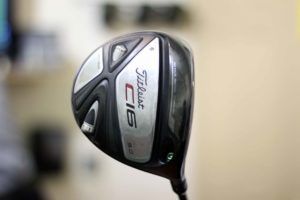
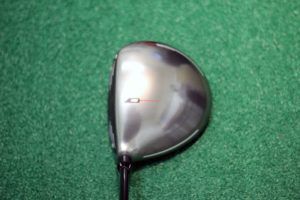
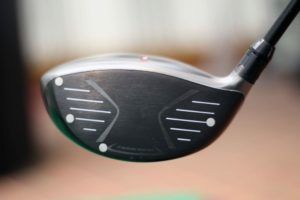
To be honest I wasn’t totally impressed by the looks of the driver. I’m not a fan of the silver crown on the top, but I know other people will have a complete opposite reaction. Club design is a very subjective thing, and it should be taken into account when you are in the market for a new club.
I hit a bunch of shots with the C16, and we tweaked the weighting several times to match my tendencies. Unfortunately I am not Iron Byron, and I didn’t have my “A swing” that day. That being said, it’s also a good thing to know how a club would perform when you don’t have your best stuff. Golf is hard!
Long story short, the C16 did not perform well for me compared to my current driver. The spin was way too low, to the point where it was in serious danger territory. I was in the 1700 and 1800 region, which is not good. That could just mean that the 9 degree was not the appropriate head, and possibly the 10.5 degree would have worked better for me (unfortunately they did not have that in stock since this club is in such short supply).

So is it a Bad Club?
No way! Someone else could have hit this driver, and if they have a swing that suffered from a little too much spin with the driver it could have helped drastically compared to what they were currently playing.
The difference might have been so large that the golfer would have happily forked over $1000 to add more distance and improve the dispersion of their shots.
That’s the thing about golf clubs. You just don’t know until you try, and you measure the results. That doesn’t mean going to a big-box retailer that has jacked up launch monitors that will exaggerate your distances. It means working with a real professional club fitter using state of the art launch monitors like Foresight, and more importantly someone who knows how to interpret the data and make the right decision for your club setup.
The M1, C16, XR16, or King LTD driver are all fantastic clubs made by top-notch manufacturers. These companies know what they’re doing when they make golf clubs.
They also know how to make you salivate when it comes to marketing.
If you get it right the first time when you purchase a new club, then you will save yourself money in the long term. Club manufacturers seem to update their offerings every 1-2 years, but the truth is if you have a club that is properly fit, you’re most likely set for many years before you should start thinking about replacing them.
Is there such thing as a club that will outperform the competition for every single golfer who tries it?
Woody has performed thousands of fittings over his 30+ year career. He’s seen new clubs come in every year, tested them all, and seen the results during his sessions. A couple of weeks ago I asked him if there was ever a club that was unequivocally better for every golfer that walked through his door.
You know what his response was?
“No way!”
We care about the protection of your data Read our Privacy Policy